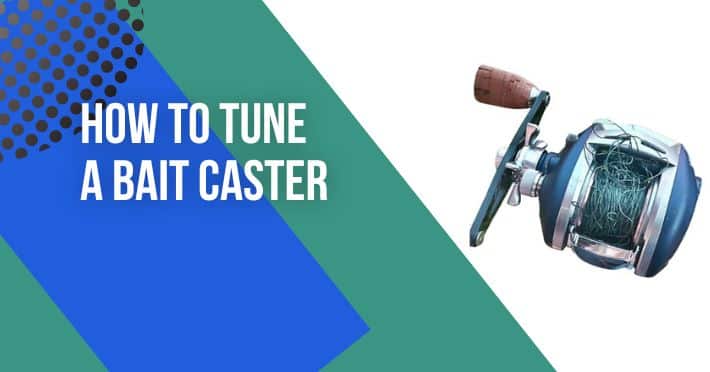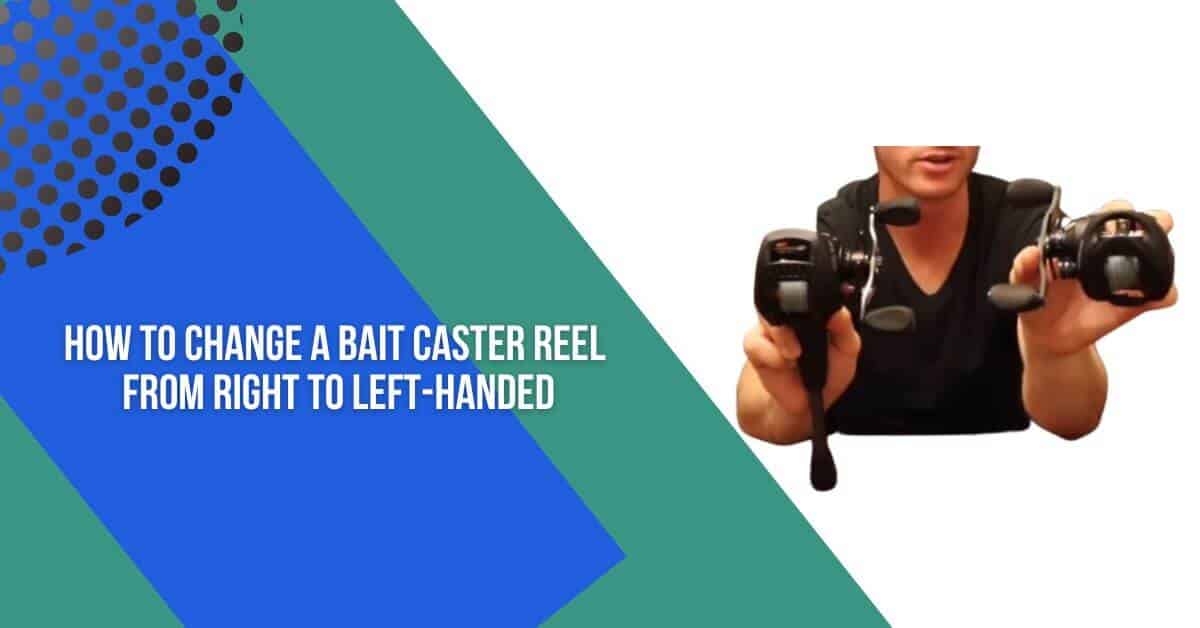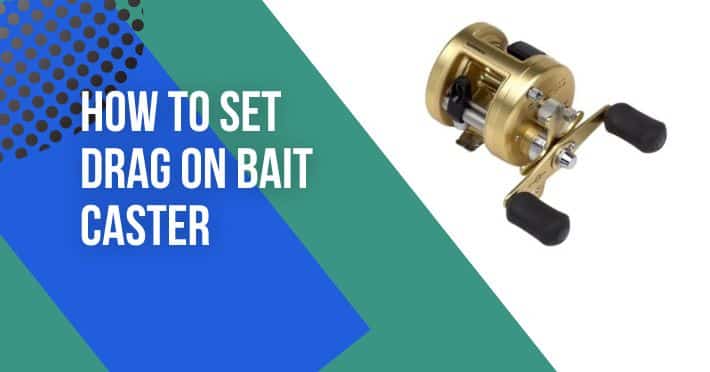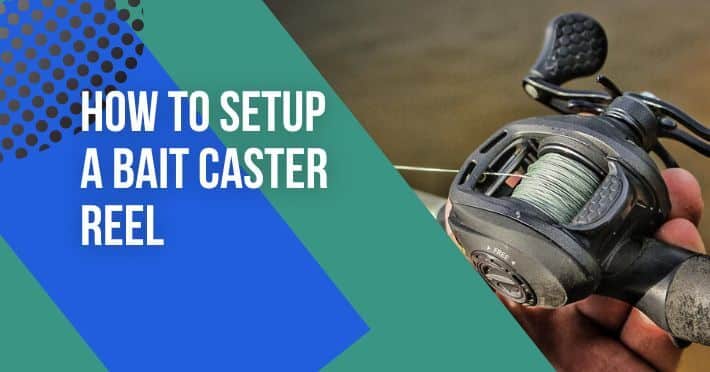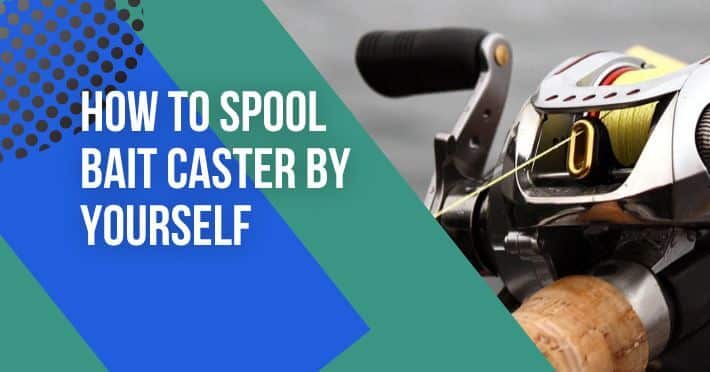Contents
- 1 When to Use a Baitcasting Reel?
- 2 Targeting Larger Fish:
- 3 Casting Heavy Lures:
- 4 Fishing in Heavy Cover:
- 5 Long Casting Distances:
- 6 What is Baitcasting Reel Best For?
- 7 Choosing the Right Baitcasting Reel
- 8 Maintenance and Care for Baitcasting Reel
- 9 Conclusion
- 10 Frequently Asked Questions
- 11 What is a baitcasting reel used for?
- 12 Are baitcasting reels good for beginners?
- 13 What kind of fishing is best for baitcasting reels?
- 14 What are the advantages of using a baitcasting reel?
- 15 What are the disadvantages of using a baitcasting reel?
Baitcasting reels are a popular type of fishing reel that many anglers swear by for their accuracy, power, and versatility. However, not all baitcasting reels are created equal, and some are better suited for specific types of fishing than others. In this article, we will explore what is baitcasting reel best for and provide insights into what factors you should consider when choosing a baitcasting reel for your specific needs. Whether you’re a seasoned angler or just starting out, this article will provide you with valuable information to help you make an informed decision when selecting a baitcasting reel.
When to Use a Baitcasting Reel?
A baitcasting reel is a type of fishing reel that is designed to provide greater accuracy and casting distance, especially for more experienced anglers. Here are some situations where a baitcasting reel may be the preferred choice:
Targeting Larger Fish:
Baitcasting reels are better suited for targeting larger fish species as they provide more power and control than spinning reels. This is because baitcasting reels have a higher gear ratio and can handle heavier lines, making it easier to fight bigger fish.
Casting Heavy Lures:
If you’re using heavy lures such as crankbaits or spinnerbaits, a baitcasting reel may be a better choice as it allows for greater accuracy and control when casting.
Fishing in Heavy Cover:
When fishing in heavy cover such as weeds or brush, a baitcasting reel can help you navigate through the obstacles more effectively. The ability to adjust the brake system allows you to make more accurate casts and avoid getting snagged.
Long Casting Distances:
Baitcasting reels are better suited for longer casting distances due to their design and heavier weight. This is especially useful when fishing in larger bodies of water or when targeting fish in open areas.
Across the board, a baitcasting reel may be the preferred choice for more experienced anglers who are looking for greater control, accuracy, and power in their fishing.
What is Baitcasting Reel Best For?
A baitcasting reel is best for several types of fishing situations. Here are some examples:
Targeting Larger Fish: Baitcasting reels are built for providing more power and control over the fishing line. This makes them ideal for targeting larger fish species, such as bass, pike, musky, and catfish.
Casting Heavy Lures: If you’re using heavy lures such as jigs, spinnerbaits, or crankbaits, a baitcasting reel is an excellent choice. The spool design and braking system of a baitcasting reel allows for better casting accuracy and control when casting heavy lures.
Fishing in Cover: When fishing in heavy covers, such as around docks, logs, or vegetation, a baitcasting reel can help you navigate through the obstacles more effectively. The ability to adjust the brake system allows you to make more accurate casts and avoid getting snagged.
High-Speed Retrieval: If you need to retrieve your lure quickly, a baitcasting reel is the best option. Its high gear ratio and power allow for faster retrieval of the line, making it more efficient in catching faster-moving fish species.
Precision Casting: Baitcasting reels are perfect for anglers who require precision casting. The spool design allows for more accurate and controlled casts, which is especially useful when fishing in smaller areas or when targeting specific fish species.
In General, a baitcasting reel is an excellent choice for experienced anglers who are looking for more control, accuracy, and power in their fishing gear.
Choosing the Right Baitcasting Reel
All around, consider your fishing style and the type of fish you will be targeting when selecting a baitcasting reel. Take the time to research and test out different models to find the one that best suits your needs.
Choosing the right baitcasting reel can make a significant difference in your fishing experience. Here are some factors to consider when selecting a baitcasting reel:
Gear Ratio: The gear ratio of a baitcasting reel determines the speed at which you can retrieve the line. A high gear ratio of 6:1 or higher allows for fast retrieval, while a lower gear ratio of 4:1 to 5:1 provides more power for reeling in larger fish.
Braking System: The braking system of a baitcasting reel controls the speed of the spool during casting, preventing backlash and promoting accuracy. Look for a reel with adjustable brakes or a magnetic braking system, allowing you to adjust the brake settings to suit your casting style and fishing conditions.
Line Capacity: The line capacity of a baitcasting reel refers to the amount of fishing line it can hold. Consider the type and weight of the fishing line you will be using to ensure the reel can handle it adequately.
Drag System: The drag system of a baitcasting reel is responsible for controlling the resistance on the fishing line when fighting a fish. Look for a reel with a smooth and reliable drag system, with a drag rating that matches the size of the fish you will be targeting.
Handle and Grip: The handle and grip of a baitcasting reel should be comfortable and easy to use. Consider the size and shape of the handle and the material of the grip to ensure it suits your preferences.
Brand and Price: Consider purchasing a baitcasting reel from a reputable brand that offers quality products and reliable customer service. Also, consider your budget when selecting a baitcasting reel, as prices can vary greatly.
Maintenance and Care for Baitcasting Reel
Baitcasting reels are popular among anglers for their accuracy and control, especially when casting heavier lures. By following these tips, you can keep your baitcasting reel in top condition and extend its lifespan.
Proper maintenance and care can help prolong the lifespan of your baitcasting reel and ensure optimal performance. Here are some tips:
Clean your reel regularly: After every fishing trip, wipe down your reel with a clean cloth to remove any dirt, debris, or saltwater. You can also use a toothbrush to clean hard-to-reach areas. Once a year, disassemble your reel and clean it thoroughly with a reel-cleaning solution.
Lubricate moving parts: After cleaning your reel, apply a few drops of reel oil or grease to the moving parts such as the spool bearings, level wind, and gears. Avoid over-lubricating as it can attract dirt and debris.
Check the drag system: Before each use, check the drag system of your reel. It should be smooth and consistent. If it feels sticky or uneven, it may need cleaning or adjustment.
Store properly: When not in use, store your reel in a cool, dry place. Avoid storing it in direct sunlight or damp areas. You can also use a reel cover to protect it from dust and scratches.
Avoid submerging: Baitcasting reels are not designed to be submerged in water. Avoid dropping your reel in water or exposing it to heavy rain.
Conclusion
In conclusion, baitcasting reels are best suited for anglers who require greater accuracy and control when casting heavier lures. They are commonly used for techniques such as flipping, pitching, and casting in freshwater or saltwater fishing. Baitcasting reels allow for precise casting distances, better line control, and more power to handle larger fish species.
They are also preferred by anglers who fish in challenging conditions, such as heavy cover or strong currents. However, baitcasting reels require more skill to operate effectively and may take some practice to master. Overall, the baitcasting reel is a valuable tool for anglers who need precision and control in their fishing technique.
Frequently Asked Questions
What is a baitcasting reel used for?
A baitcasting reel is used for casting heavier lures, such as jigs, crankbaits, and spinnerbaits. It is also popular among anglers who target larger fish species, as it provides better accuracy and control compared to spinning reels.
Are baitcasting reels good for beginners?
Baitcasting reels can be challenging for beginners to use, as they require more skill and practice to master compared to spinning reels. However, once you have learned how to use a baitcasting reel, it can provide better accuracy and control compared to a spinning reel.
What kind of fishing is best for baitcasting reels?
Baitcasting reels are best for freshwater and saltwater fishing that involves casting heavier lures or targeting larger fish species. They are commonly used for bass fishing, as well as inshore saltwater fishing for species such as redfish, snook, and tarpon.
What are the advantages of using a baitcasting reel?
The advantages of using a baitcasting reel include better accuracy and control when casting heavier lures, increased power and torque for fighting larger fish, and greater sensitivity for detecting bites and strikes.
What are the disadvantages of using a baitcasting reel?
The disadvantages of using a baitcasting reel include a steeper learning curve compared to spinning reels, a higher risk of backlashes or “bird’s nests” when casting, and generally higher costs compared to spinning reels.


